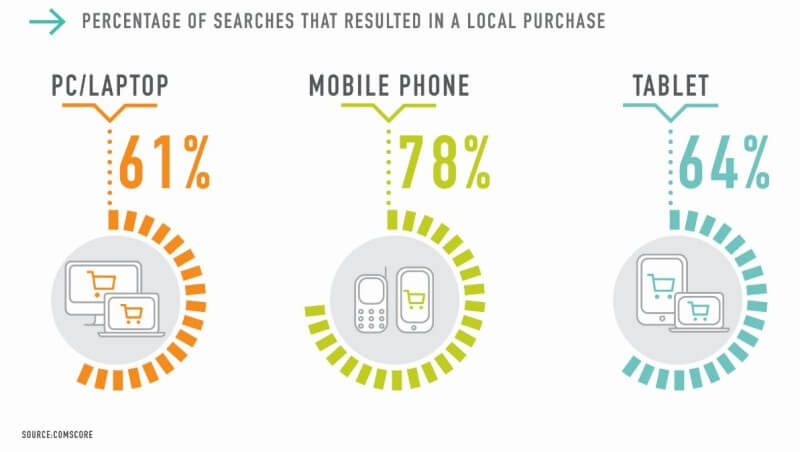Since a decade practically everybody who got to the access to the internet is using a desktop PC. Only two screen sizes represented 77% of all web use in 2006. Though, responsive mobile outline isn’t an enchantment arrow. It may tackle the screen-measure format issue, yet there are other characteristic issues with the responsive approach that a great deal of SEO experts skims over.
The following are some regular oversights that could influence your responsive mobile transformation.

Slow Web page loading:
Web pages with slow loading times have a major problem because mobile users are very irritated with slow web pages. The typical U.S. retail mobile site loads in 6.9 seconds in July 2016.
Site pages with slow webpage loading have a noteworthy issue since mobile clients are exceptionally disturbed with slow loading pages. The usual U.S. retail mobile site get loads the webpage in 6.9 seconds in mentioned in a study conducted at July 2016.
Website visitors tend to get exasperated when they need to hold up too long to see your web content. Jakob Nielsen in one of his book says individuals can deal with up to 10 seconds of load time before they leave, yet even a couple of moments’ postponement is sufficient to make an unsavory client experience.
Some of the world’s biggest organizations understand that site execution and setting significance on their clients’ opportunity can be an upper hand in the market. It’s a major piece of Google’s algorithmic reasoning.
Forms with lot of fields
No one appreciates filling out long forms on a website even on a desktop; in any case, this turns out to be significantly more odious when you need to sort a few points of interest with your thumbs on mobile device.
Stay away from the utilization of long, tedious forms with multiple fields that influence clients to sort a great deal. Long forma don’t just disappoint your clients, yet in addition hurt your overall rate of conversion when you utilize them for any sort of exchange. Take for example Expedia, who lost $12 million dollars in income since they were influencing utilization of a pointless shape to handle that irritates and confused their clients.
By lessening the number of fields in their form from four to just three, HubSpot enhanced their change rates by 50%. With regards to forms, shorter is constantly better, especially on mobile device.
Avoid the use intent for Mobile Device
Another normal error that damages responsive mobile websites and rate of conversion is the suspicion that responsive outline will settle all issues. Despite the fact that a responsive design deals with numerous portable UX issues, it doesn’t really mull over client objectives.
As per the study, there’s a 270% gap amongst the rate of conversion in the desktop and mobile, since individuals get mobile sites all off-base.
On desktop PCs, z lot of words long titles has an impact that is now and then absolutely opposite in case of cell phones. More content on cell phones will conceal the page and push away the client from getting to their objective, which is usually a call to action.
Aside the menu bar, dependably concentrate on helping your guests to explore your site page effectively, particularly the suggestion to take action catches. When planning your webpage, have cell phone clients as a top priority and make their trip through your site substantially less complex, focusing on your rate of conversion.
Mobile media utilization is becoming speedier than desktop, print, radio or TV. When you don’t make your site really friendly with mobile devices, your guests won’t fill the forms, will surrender their shopping basket, leave your site, and take a part into business with your rivals. This obviously, would go far too unfavorably influencing your rate of conversion.
Melbourne SEO Firm Platinum SEO is the best in offering the mobile SEO services to lot of the clients and has remarkably increase their conversion rates.









